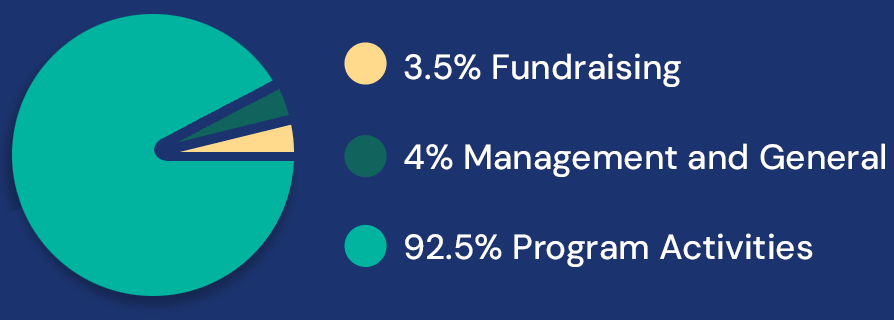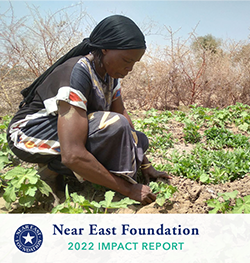by Alinta Geling
War, terrorism, occupation. We read about it every day. Whether in Iraq, Afghanistan or Mali, it tears a country apart. While in the news every day during such a crisis, there seems to be less attention for the days after. What happens to those that fled their villages? What happens to those who left their rice fields, plots of land, and other income-generating activities? Do we actually know what a post-war situation looks like? When the media turns it attention to the next crisis, NGOs like the Near East Foundation (NEF) move toward the people left behind.
During the 2012 crisis in Mali, thousands of people fled their homes, leaving everything behind in search of safety. Wells were left unattended, farms were destroyed, fishing materials lost. Even though the situation improved in 2013 and many people returned, the disrupted trade flows and demolished infrastructure continue to complicate food security in affected areas. Through a USAID/OFDA-funded initiative, NEF does not only help farmers to restore their agricultural production but also undertakes food distribution activities to directly support the most vulnerable people in the Malian villages.
Before food distribution can actually take place, a whole process of administration and research is necessary. Which grains are to be distributed? Who will receive the grains? How do you identify the most in need? How do you make sure everyone gets their share? How do you transport the sacks from one place to the other? Where do you store them? How do you inform the people? How do you prevent fraud? All these questions need to be considered and answered before the distribution.
Since NEF has more than 20 years experience in the field, and in Mali, they are familiar with government structures, know the smallest villages and know how to reach them. In every village supported by USAID/NEF, the people most affected by the crisis are identified, informed and registered with the help of the local government and village chiefs. The grains are not only for individuals, on the contrary, the majority of the food is given to women’s groups and cooperatives who will distribute the food among themselves. NEF relies very much on local knowledge and people in their food distribution system. In the end, the people themselves know best who is most in need.
Today I visited the distribution of sacks of millet in a village called Boré, where dozens of people were already waiting for the NEF team to arrive. Every identified individual may come and collect 4 sacks of millet per person. It is estimated that this will feed a family for about three months. Before people can actually collect their sacs they first need need to present themselves, leave their fingerprint, and collect their voucher. With this voucher they go to the storage room, where they can collect their sacs of millet. It turns out to be quite a challenge to drag 100 kilogram sacks out of the storage room and men and women from all over the village gather to do this job. Once dragged out of the storage room people assemble their sacks, take a seat on them and wait for their transport. The result? A seemingly chaotic situation with women, men, donkeys, mini-busses, children, all running around on one square meter, because nobody really feels like dragging 100 kilogram sacks one step further than necessary.
For me it turns out to be an exercise of patience and organization. It is impossible to structure everything and everyone in an ordered way as I would love to do right now. It is a matter of seeing the structure behind the chaos and dealing with it. In the end it works surprisingly well. I’ll admit, I was astonished by the fact that everyone received exactly the right amount and the storage room was completely empty, leaving no one disappointed. This is really only possible due to the experience of NEF in organizing this and the help of everyone around us to count, recount and structure the distribution. It is the power of many, many helping hands that make this distribution a success.
Even though food distribution is not a long term solution to Mali’s food security problems, for now, it will help people to overcome this harsh period just before the rainy season. With less worries about their immediate survival they will hopefully find the strength and the means to rebuild their lives again and leave the crisis behind them.



